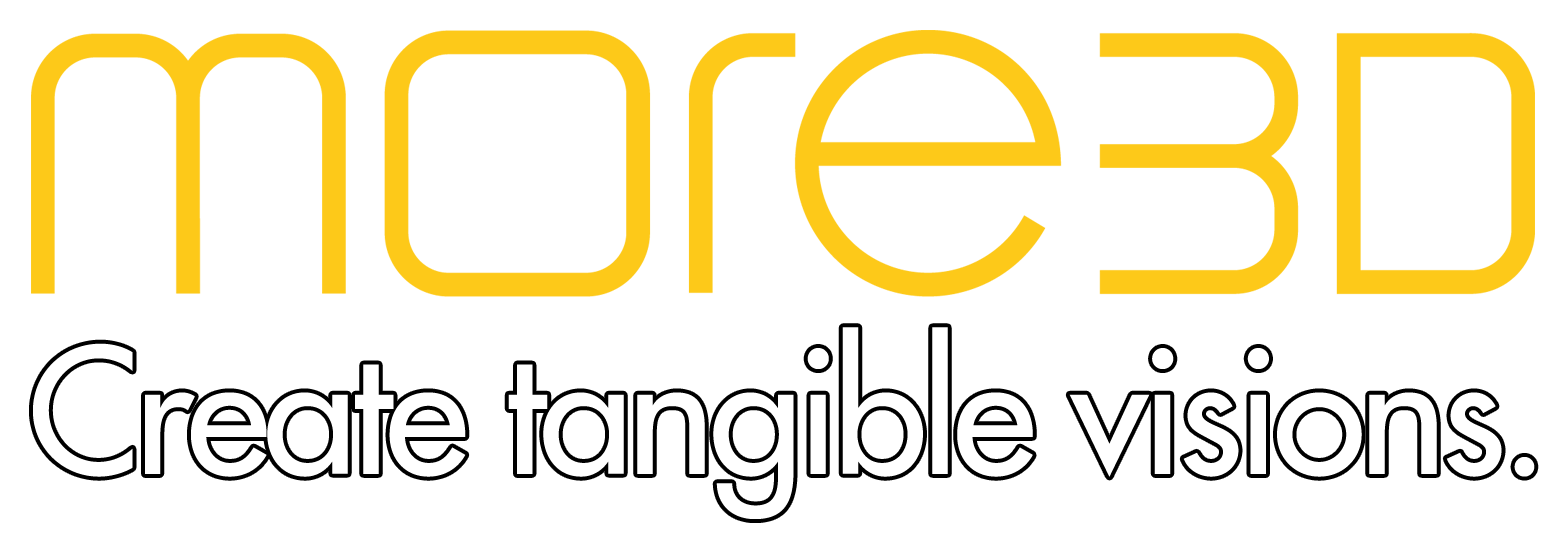Bringing Data to Life – The 3D CAVE at the University of Potsdam
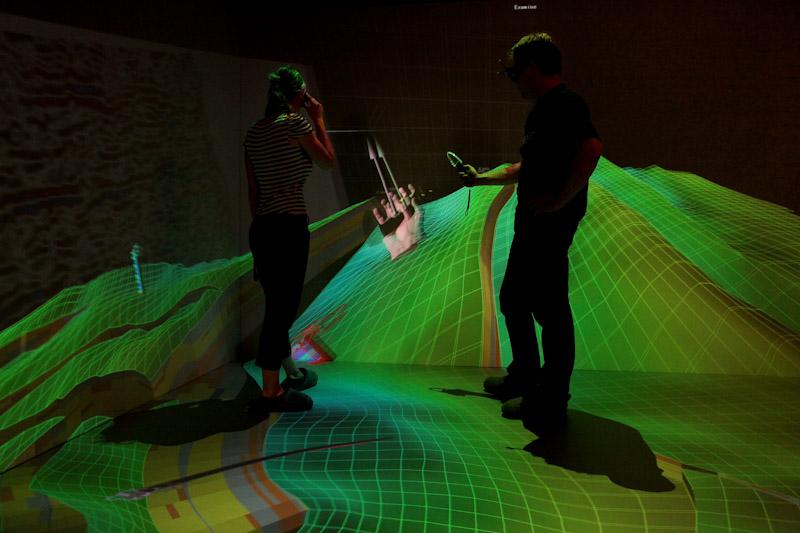
Readtime: 5 minutes
Client: University of Potsdam, Institute of Geosciences
Partner: more3D, WE are XR GmbH
Purpose: Geoscience Research, Education, and Crisis Preparedness
Technology: 3-Sided CAVE System powered by moreViz from more3D
The Challenge before CAVE and VR
Understanding complex geological structures and dynamic spatial data is central to geoscience—but difficult to achieve using 2D screens and cross-sections alone. “Before the CAVE, we needed dozens of sections and separate interpretations,” recalls Dr. Gerold Zeilinger, head of the geosciences 3D lab at Potsdam University. “Now, we can step inside the data.”
Early attempts in 2008 used planar displays, but in 2011, with the help of WE are XR GmbH the university inaugurated its 3-sided CAVE to offer an immersive, intuitive, and collaborative environment for geoscience research, teaching, and crisis simulation. The system needed to be powerful, yet simple enough for everyday use by students and researchers alike, while supporting a wide variety of applications.
Project Requirements for the 3D CAVE
From the outset, the university prioritized user-friendliness, fast data access, and broad software compatibility. “At other institutions, getting data into VR could take days,” Zeilinger notes. “We wanted to plug in a USB stick and start within minutes.”
“At other institutions, getting data into VR could take days we wanted to plug in a USB stick and start within minutes.”
Key features of the installed CAVE include:
- 3 projection surfaces (2 rear-projected walls + 1 front-projected floor), each 3.84m × 2.4m
- Barco NW-12 projectors with 1920×1200 resolution and Infitec active stereo
- A.R.T. tracking with Flystick 3 and finger tracking
- High-performance GPU cluster with NVIDIA Quadro and Crestron control system
- 7.1 surround audio via Denon + Teufel
Designed for groups, the open-sided setup supports large-scale viewing, interaction, and collaboration—foundational for both teaching and research. This technical infrastructure laid the foundation. The software decision would bring it to life.
Why choosing moreViz Software for a CAVE
Initially using another software, the university later transitioned to moreViz by more3D for its straightforward and intuitive usability, flexible licensing, and wide-ranging support of various applications, making the CAVE a practical workspace.
Key benefits include:
- Plugin-based rendering of CAD, GIS, and geoscience data—no file conversion needed
- Support for major tools like ArcGIS, Petrel, MOVE, LIME, and more
- Live interaction and collaboration—rotate, annotate, and edit models in real time
- User-friendly calibration and interface for fast onboarding
- Cost-effective and flexible licensing tailored to academic needs and budget constraints
Implementation & Investment of the project
The system was installed in five to six months, as significant structural modifications were made, including cooling and soundproofing. The total investment was around €600,000. Annual maintenance remains modest at €2,000–€3,000, mainly for projector lamps and occasional hardware upgrades (e.g., GPUs).
Training is minimal. “Even faculty members who are not digital natives are up and running within 30 minutes,” says Zeilinger. The investment has proven its worth not just in research productivity but also in outreach and visibility. The lab regularly features in public science events and cross-faculty demonstrations.
“Even faculty members who are not digital natives are up and running within 30 minutes.”
Use Cases and Real-World Impact of VR for an university
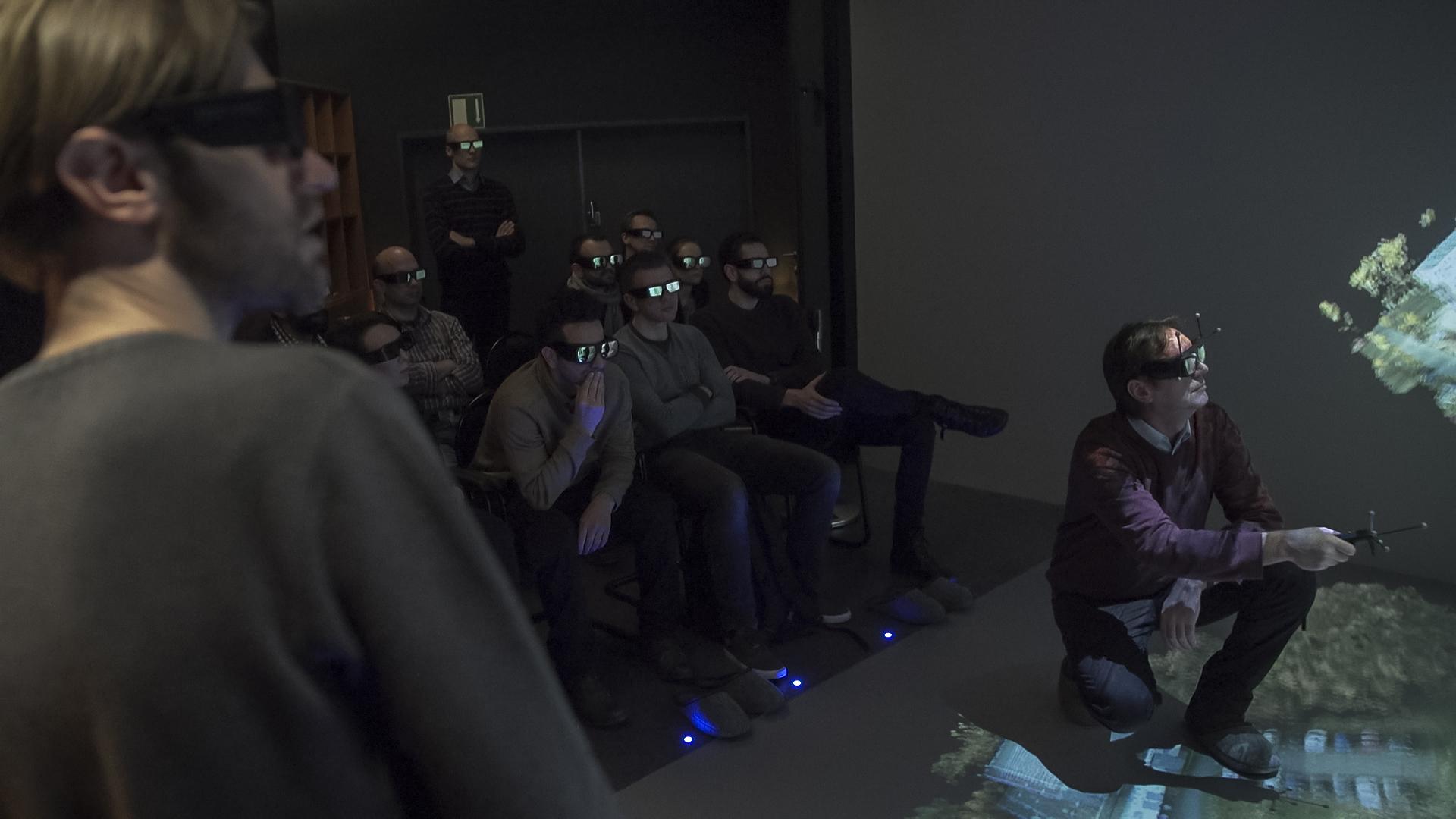
Field Planning & Research
Researchers have used the CAVE to explore tectonic structures and complex topographies in the Andes and Himalayas and to prepare seismic studies in Pakistan. Visualizing seismic interpretations has also proven helpful for various industries and for explaining correlations. By “walking” through digital terrain models, they plan field access more efficiently—including identifying safe access points—and visualize structural targets with greater clarity. “It speeds up planning, understanding, and collaboration,” notes Zeilinger. It also enhances the communication of research results, leading to better buy-in from decision-makers.
Crisis Simulation & Decision Support
In the oKat-SIM project, geological insights supported disaster preparedness exercises. Immersive visualization helped civil protection agencies grasp risks and terrain challenges—from flood scenarios to landslide zones—enabling more informed planning and response. “You don’t have to explain much when the visuals speak for themselves.”
“You don’t have to explain much when the visuals speak for themselves.”
Education & Student Engagement
Students grasp complex topologies and stratigraphy more quickly. “In 2D, terrain features are abstract. In the CAVE, they’re intuitive,” says Zeilinger. Collaborative projects, live presentations, and peer interaction happen naturally in the space—boosting engagement and accelerating learning.
Lessons Learned & Best Practices for a VR CAVE
- Simplicity is key: Plug-and-play access and intuitive controls are what keep the system in daily use.
- Think interdisciplinary: The CAVE isn’t reserved for geoscientists—it can be used by planners, ecologists, and other faculties, especially when showcased at events.
- Ensure software flexibility: Supporting familiar software tools means users don’t need to learn new systems or convert files. Independent control of projection surfaces allows for mixed-use sessions—presentations on one screen, models on another.
- Design for real collaboration: Unlike headsets, the CAVE allows group presence, face-to-face interaction, and eliminates motion sickness—ideal for discussion-driven work.
Zeilinger’s advice to universities: “Keep the tech out of the user’s way. Let them focus on the data.”
“Keep the tech out of the user’s way. Let them focus on the data.”
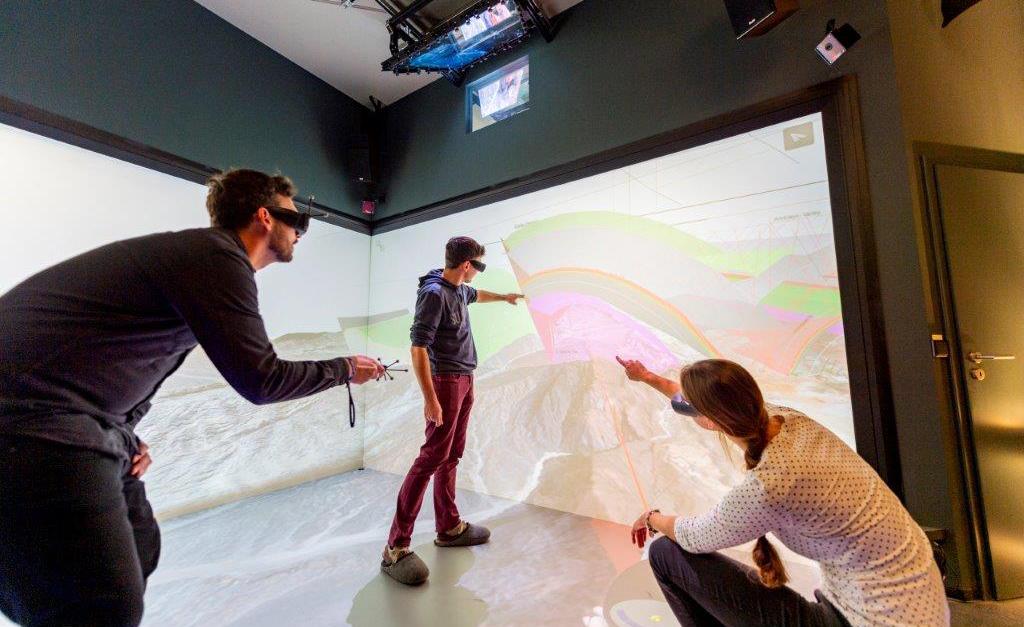
Looking Ahead – the future of VR and AR for scientific research
“Data is becoming more complex, more spatial, and harder to explain with flat maps. Many people struggle to read topographic maps,” says Zeilinger. “VR and AR help turn abstract data into actionable understanding.”
In the long run, AR and mobile passthrough VR for field-based collaboration—using head-mounted displays (HMDs) to overlay models onto real-world environments—will become even more significant. This blend of real and digital context enhances understanding while in the field, projecting simulated futures into the real world, allowing collaboration with colleagues, and avoiding motion sickness—a common issue in full VR.
For now, the CAVE remains the hub of immersive geoscience at Potsdam—a showcase of how thoughtful design and the right software can turn complex data into shared insight. At Potsdam, the CAVE is more than just a showpiece—it is a practical tool for science, collaboration, teaching, and knowledge transfer.
Interested in exploring what a CAVE system could look like for your institution?
Contact more3D to learn how we help universities bring their data to life with intuitive, powerful immersive technology.
You may also like:

How Precise Motion Tracking Shapes the Future of Industrial VR
An Interview with Ulrich Probost , CEO of ART (Advanced Realtime Tracking GmbH & Co. KG) In professional VR and XR environments, the accuracy of motion
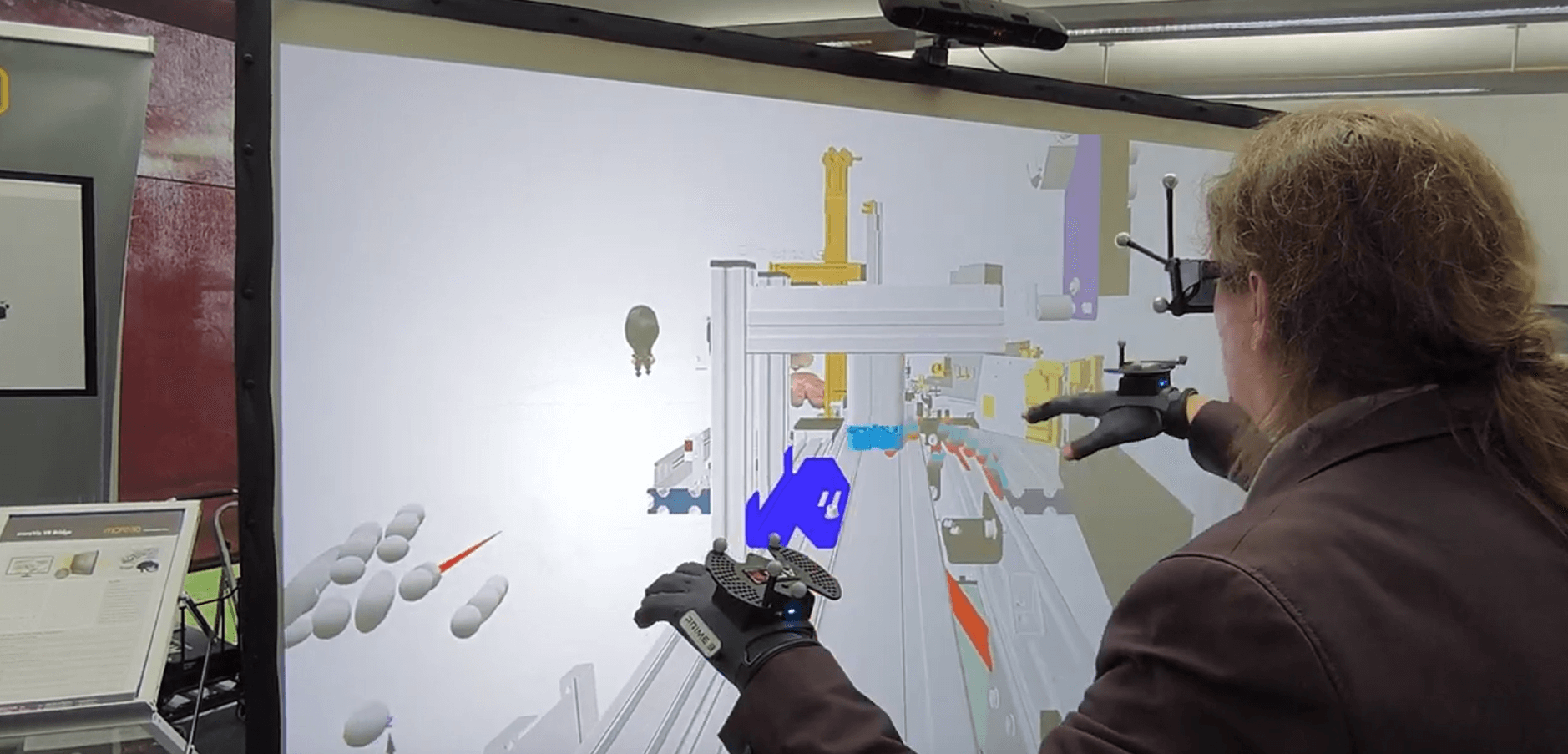
Hands That Shape the Future: An Interview with MANUS
When we think about Virtual Reality, visuals and sound usually come first. But what about our hands—the most natural tool we have for interacting with
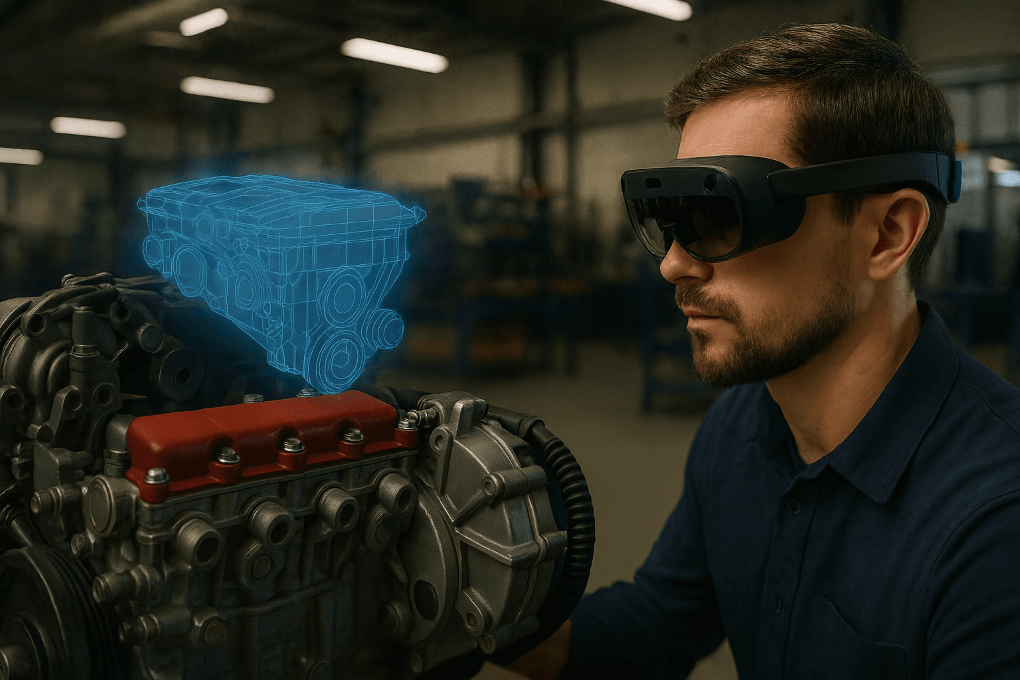
Passthrough Mode vs. Augmented Reality (AR): What’s the Difference and What’s Best for Your Business?
Immersive technology is reshaping the way companies design, train, and collaborate. But with so many buzzwords — AR, VR, MR, Passthrough — it can be
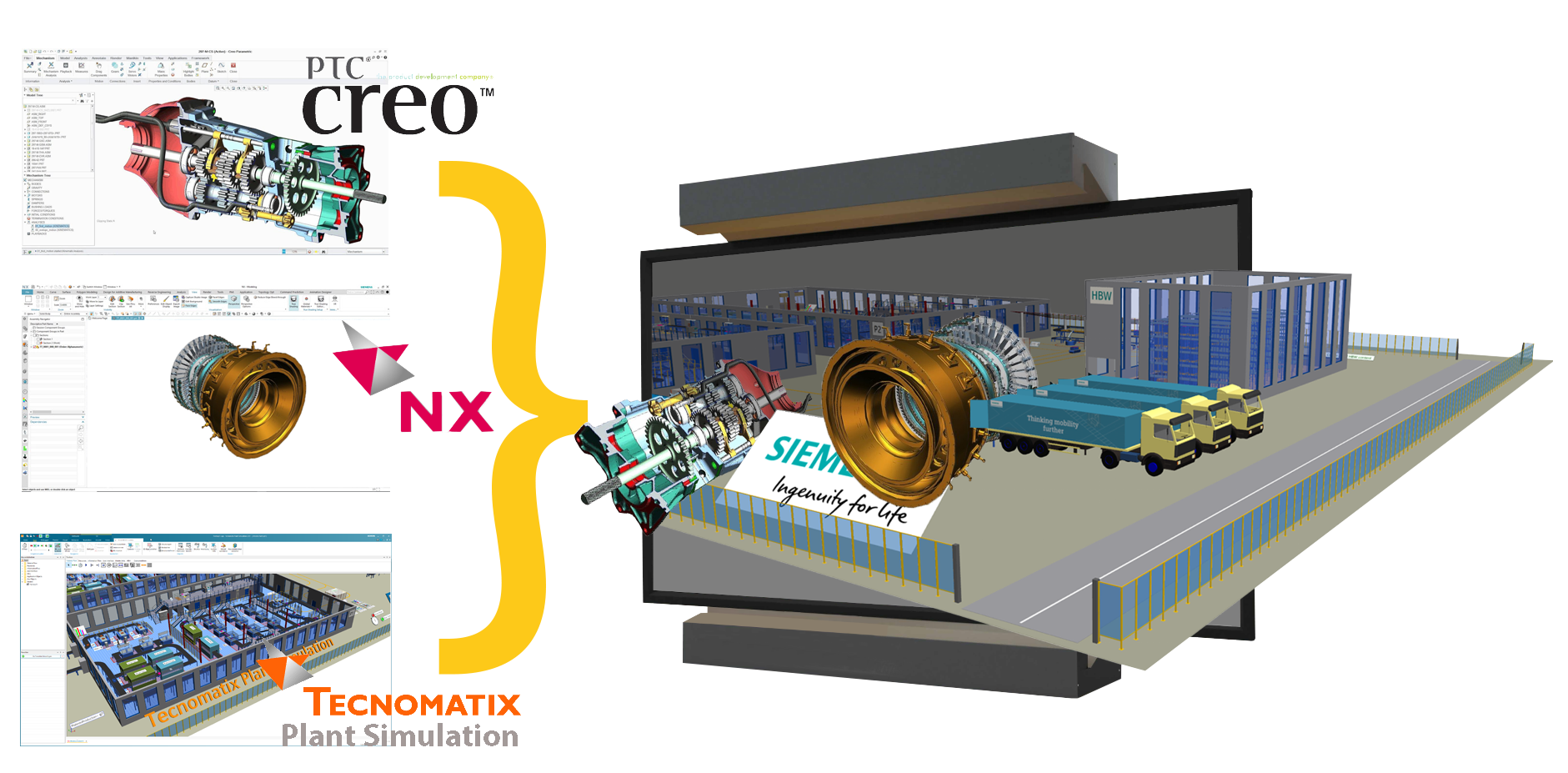
Work Smarter in VR: Unlock the Power of Composition Mode
Composition Mode in moreViz: Bringing All Your Tools into One VR Workspace In engineering, manufacturing, and product development, teams often work across multiple software environments.
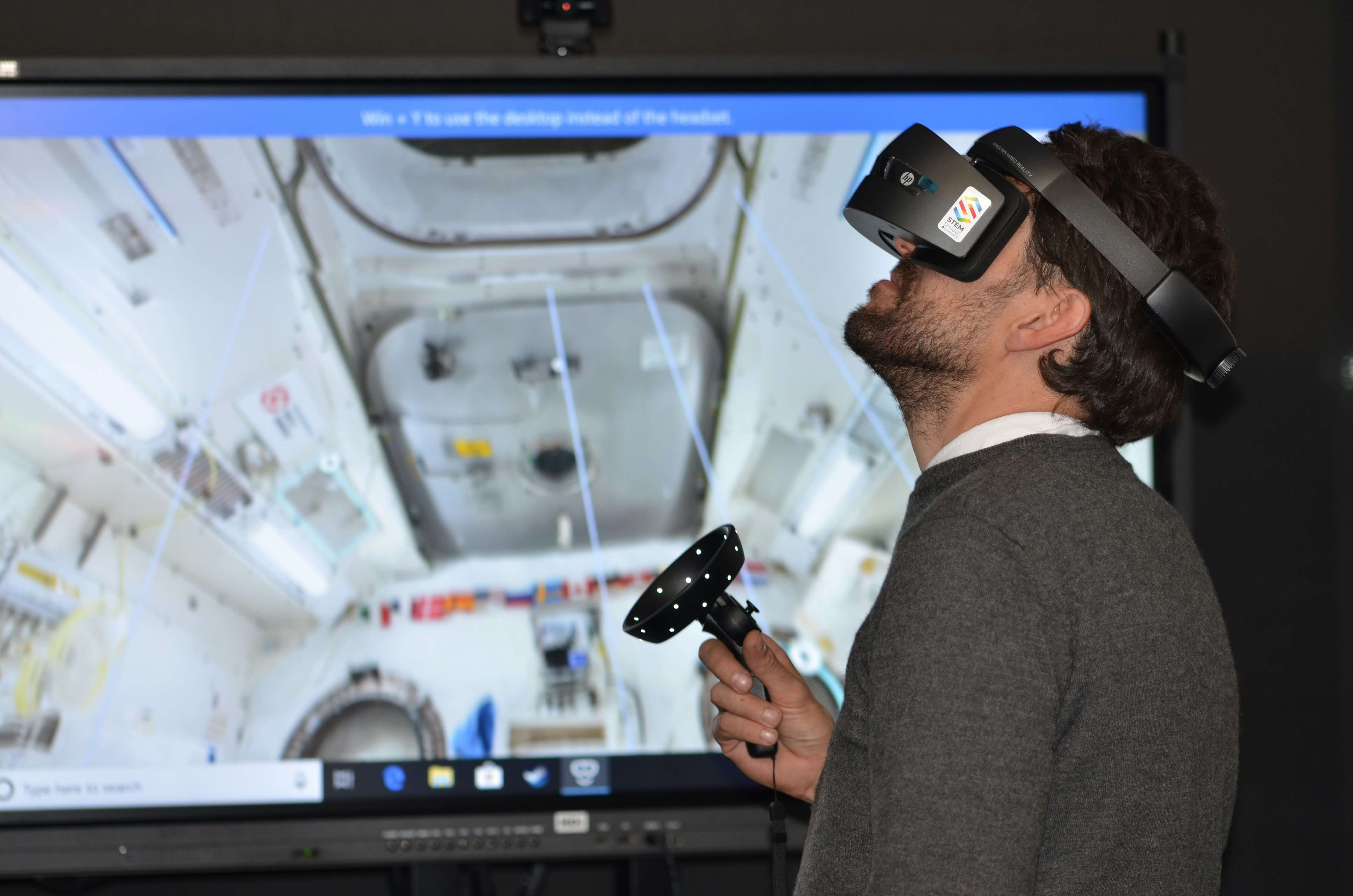
Which VR Head-Mounted Display (HMD) Is Best for Your CAD Workflow?
The Best VR Headsets for CAD Professionals: How to Choose the Right HMD Bringing your CAD models into Virtual Reality is no longer a novelty
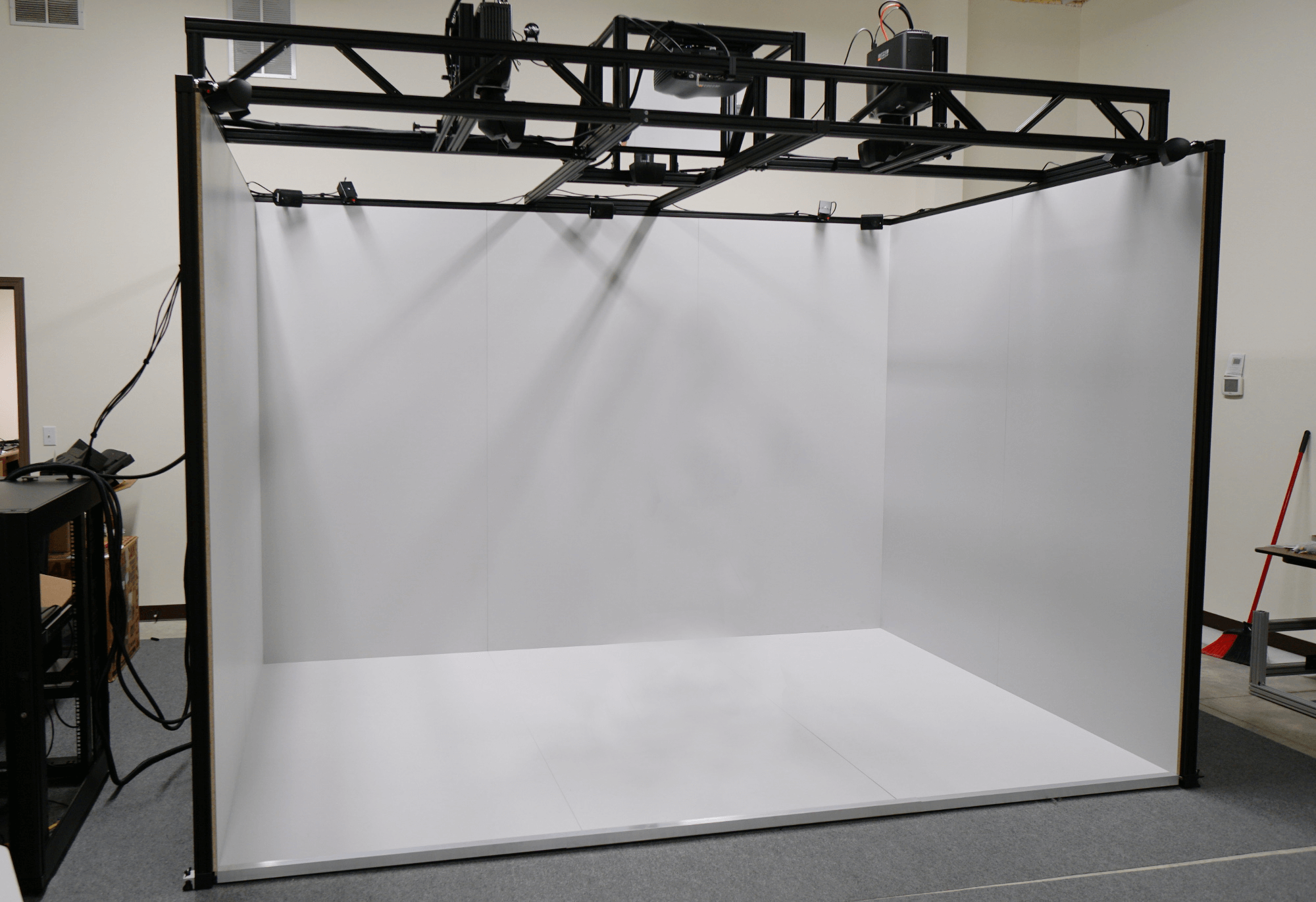
Does a VR CAVE Make Sense for My Business or Workflow?
Virtual Reality (VR) has become a powerful tool for design, training, and collaboration — but not every workflow needs a headset.One solution making a comeback
